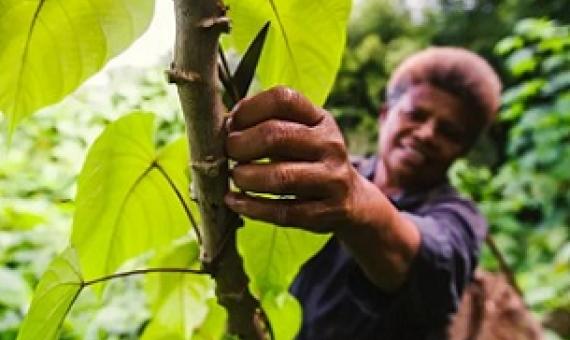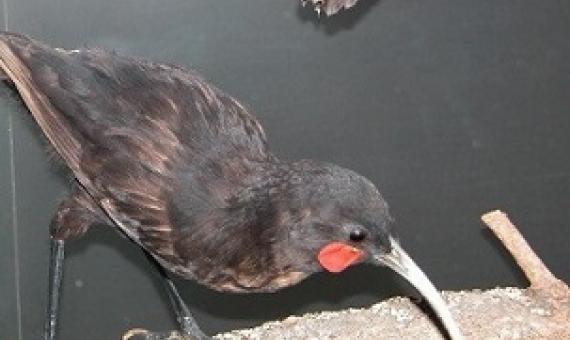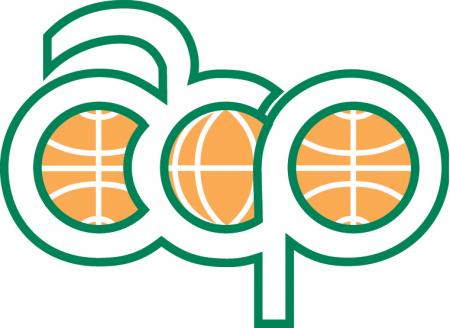In Vanua Levu, the second largest island of Fiji, every contour drips with green. The landscape is impossibly lush and verdant.
Introduced species and biodiversity
How do introduced species cause problems for biodiversity? What makes a species invasive? When humans introduce non-native species to a new environment, it can have disastrous impacts on native species and the entire ecosystem.Watch on YoutubeCall Number: [EL]Physical Description: Online video
Human-caused bird extinctions are driving losses of functional diversity on islands worldwide, and the gaps they leave behind are not being filled by introduced (alien) species, finds a new study led by UCL and University of Gothenburg researchers.
Assessment and Control of Biological Invasion Risks
This book is of worldwide benefit to people, for assessment and management of biological invasion risks
National Invasive Species Strategy and Action Plan 2014-2020
This NISSAP has been developed to identify invasive species and priority actions to address their threats on the environment, economy and livelihood of people.








